Circuit Breakers

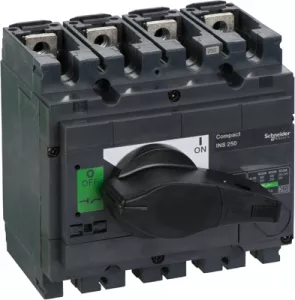
Order No.:
01P3897
Manufacturer SKU:
31107

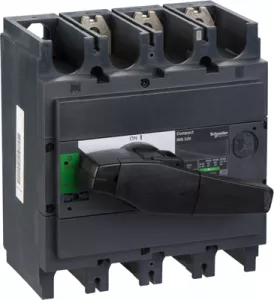
Order No.:
01P3898
Manufacturer SKU:
31108

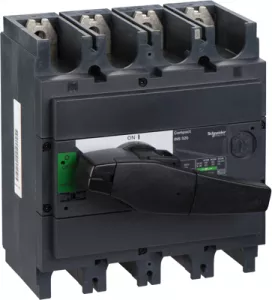
Order No.:
01P3899
Manufacturer SKU:
31109


Order No.:
01P3900
Manufacturer SKU:
31110

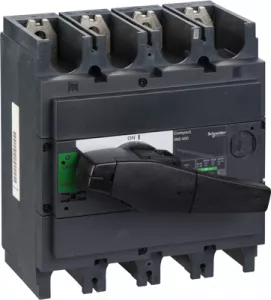
Order No.:
01P3901
Manufacturer SKU:
31111

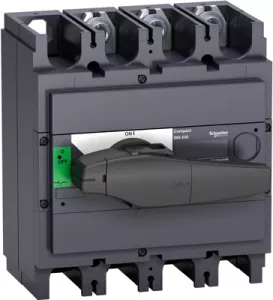
Order No.:
01P3902
Manufacturer SKU:
31112

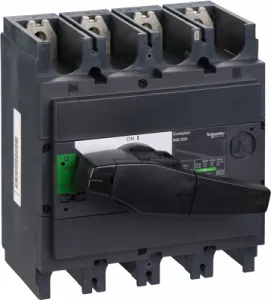
Order No.:
01P3903
Manufacturer SKU:
31113

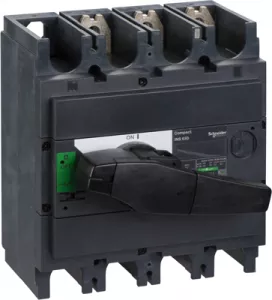
Order No.:
01P3904
Manufacturer SKU:
31114

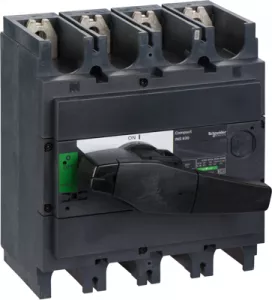
Order No.:
01P3905
Manufacturer SKU:
31115

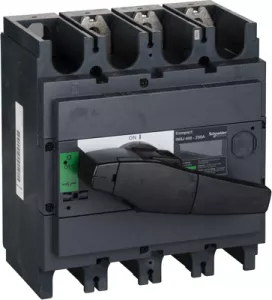
Order No.:
01P3906
Manufacturer SKU:
31118

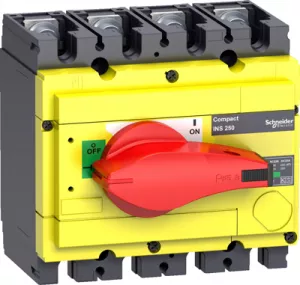
Order No.:
01P3908
Manufacturer SKU:
31121

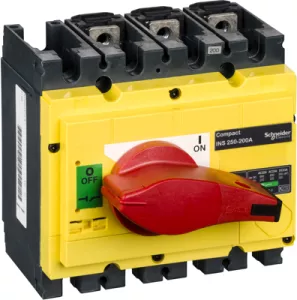
Order No.:
01P3909
Manufacturer SKU:
31122

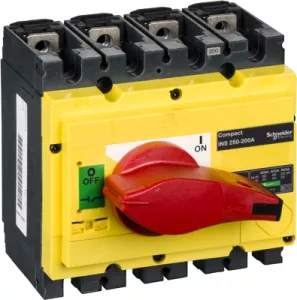
Order No.:
01P3910
Manufacturer SKU:
31123

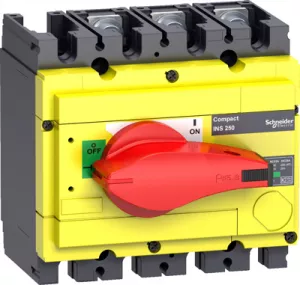
Order No.:
01P3911
Manufacturer SKU:
31124

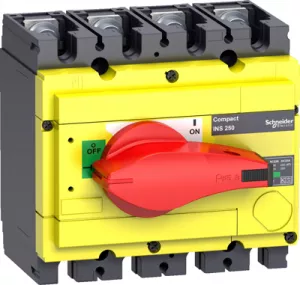
Order No.:
01P3912
Manufacturer SKU:
31125

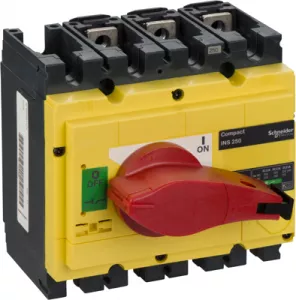
Order No.:
01P3913
Manufacturer SKU:
31126

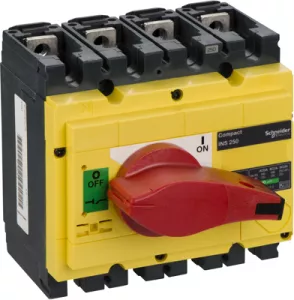
Order No.:
01P3914
Manufacturer SKU:
31127

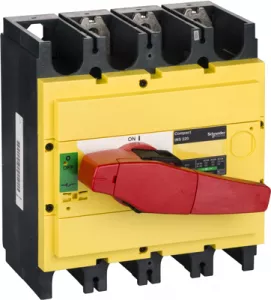
Order No.:
01P3915
Manufacturer SKU:
31128

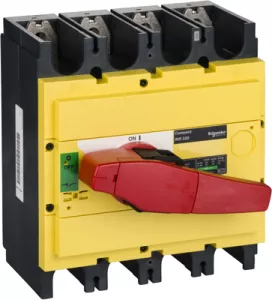
Order No.:
01P3916
Manufacturer SKU:
31129

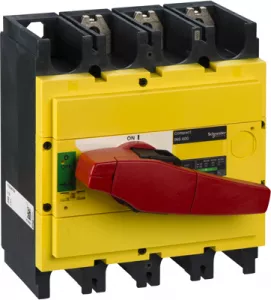
Order No.:
01P3917
Manufacturer SKU:
31130
Safety guaranteed: Functions and advantages of switch-disconnectors
Circuit breakers are used to protect electrical circuits by automatically switching off in the event of an overload or short circuit. They can be switched back on, eliminating the need for one-way fuses. Switch-disconnectors, on the other hand, specialize in safely isolating electrical circuits from the power supply.
Unlike circuit breakers, switch-disconnectors do not perform a protective function, but merely ensure safe isolation as well as prevention of accidental switch-on. Both electromechanical components are indispensable in electrical installations and in the energy sector, with circuit-breakers primarily ensuring the protection of installations, while switch-disconnectors are used for maintenance and repairs.